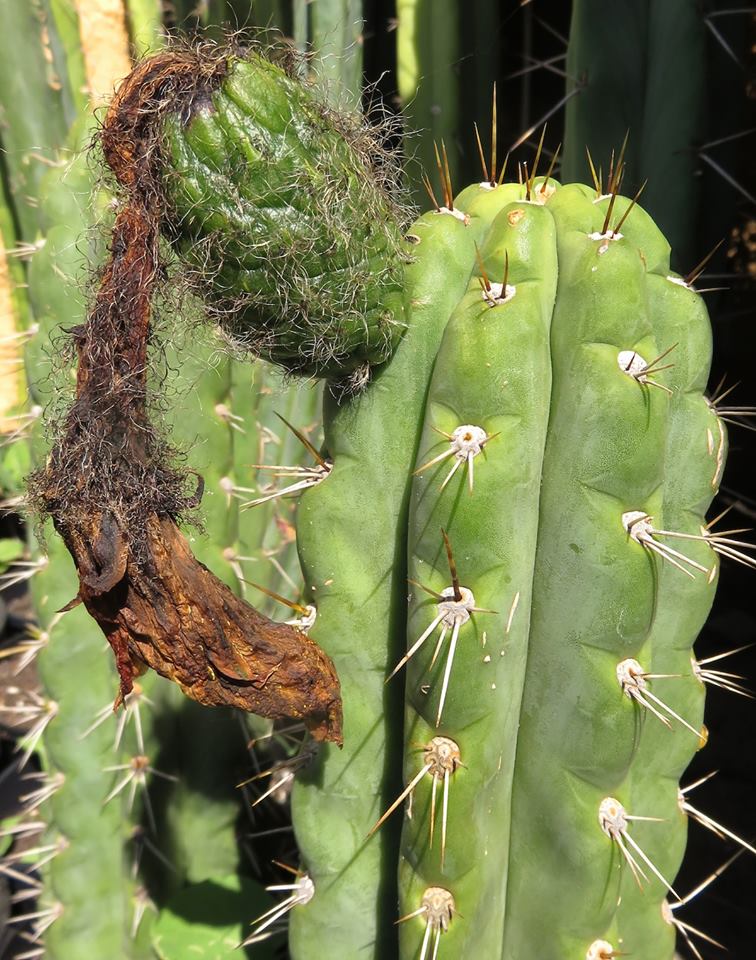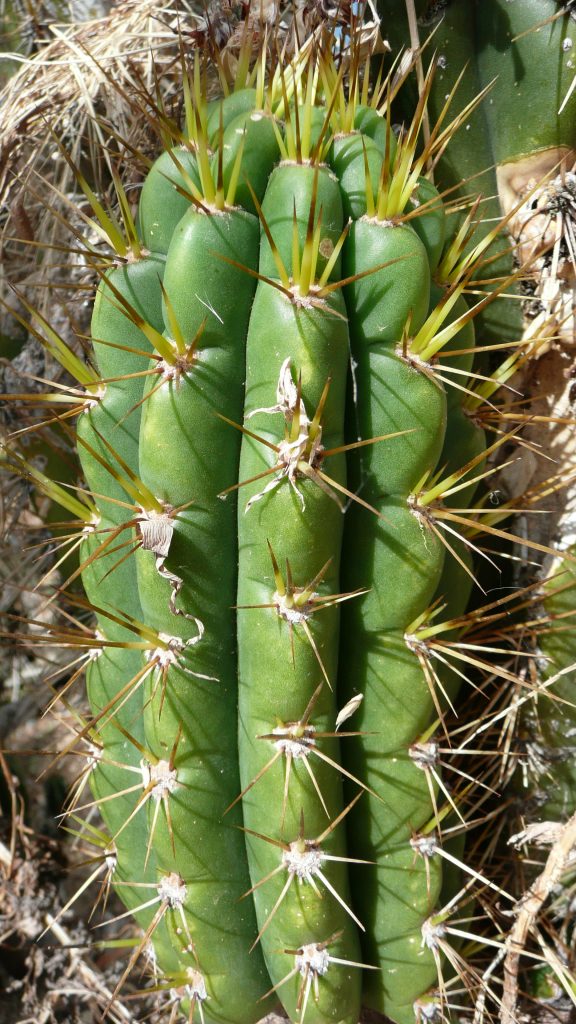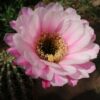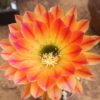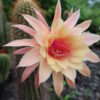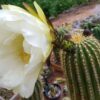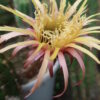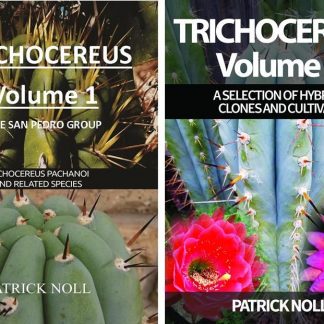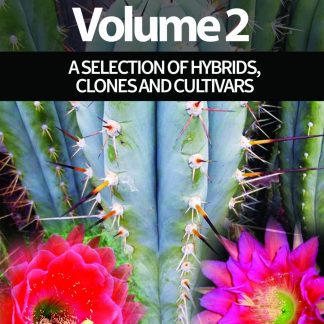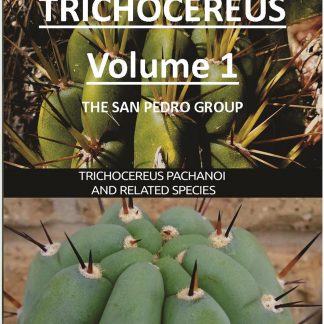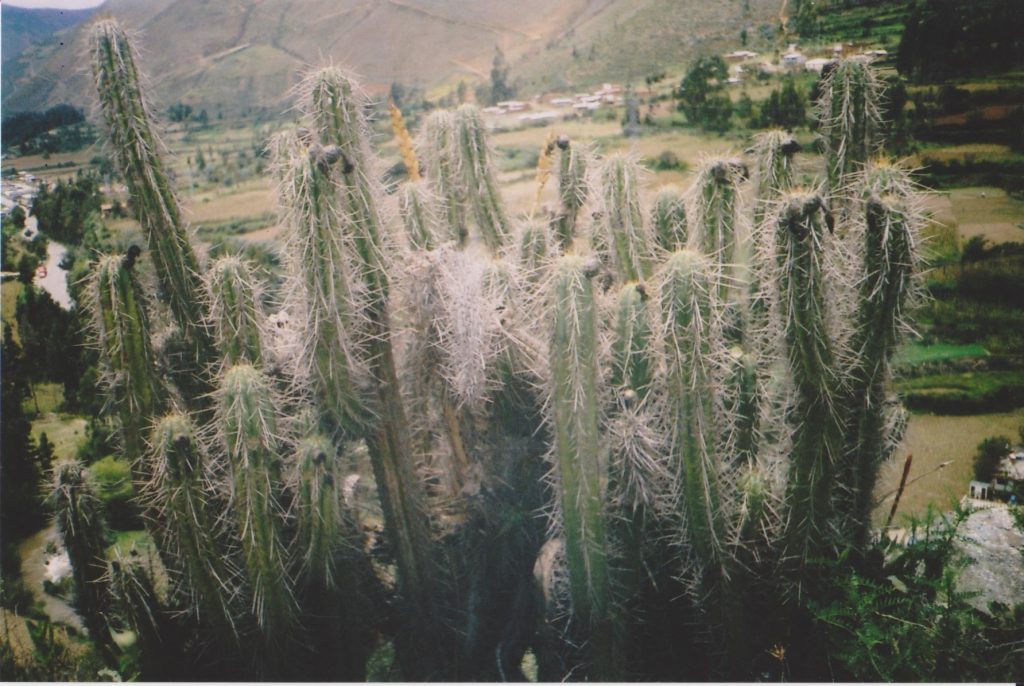
Trichocereus tarmaensis Rauh & Backeberg is a close relative of Trichocereus cuzcoensis that was described as a separate species. There are various differences between Trichocereus cuzcoensis and this species, and some forms of Trichocereus knuthianus are considered to be synonymous with T. tarmaensis as well. Trichocereus tarmaensis / Echinopsis tarmaensis Trichocereus tarmaensis reaches a size…

